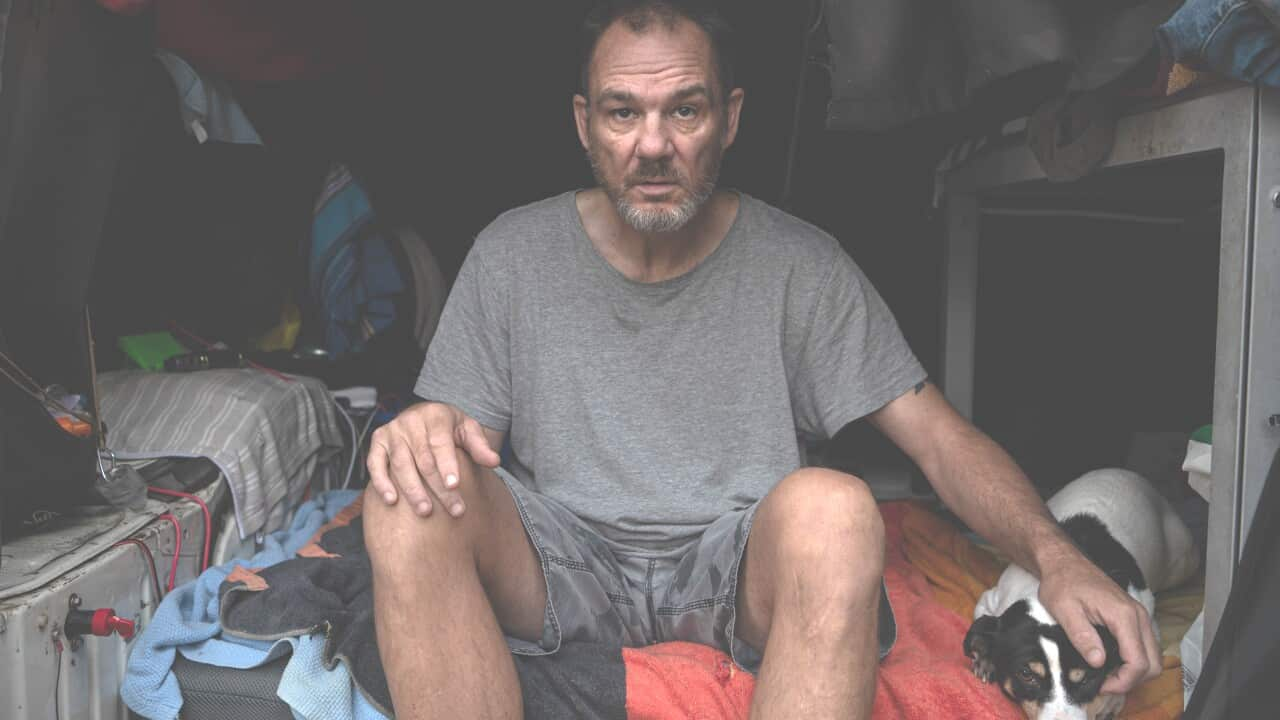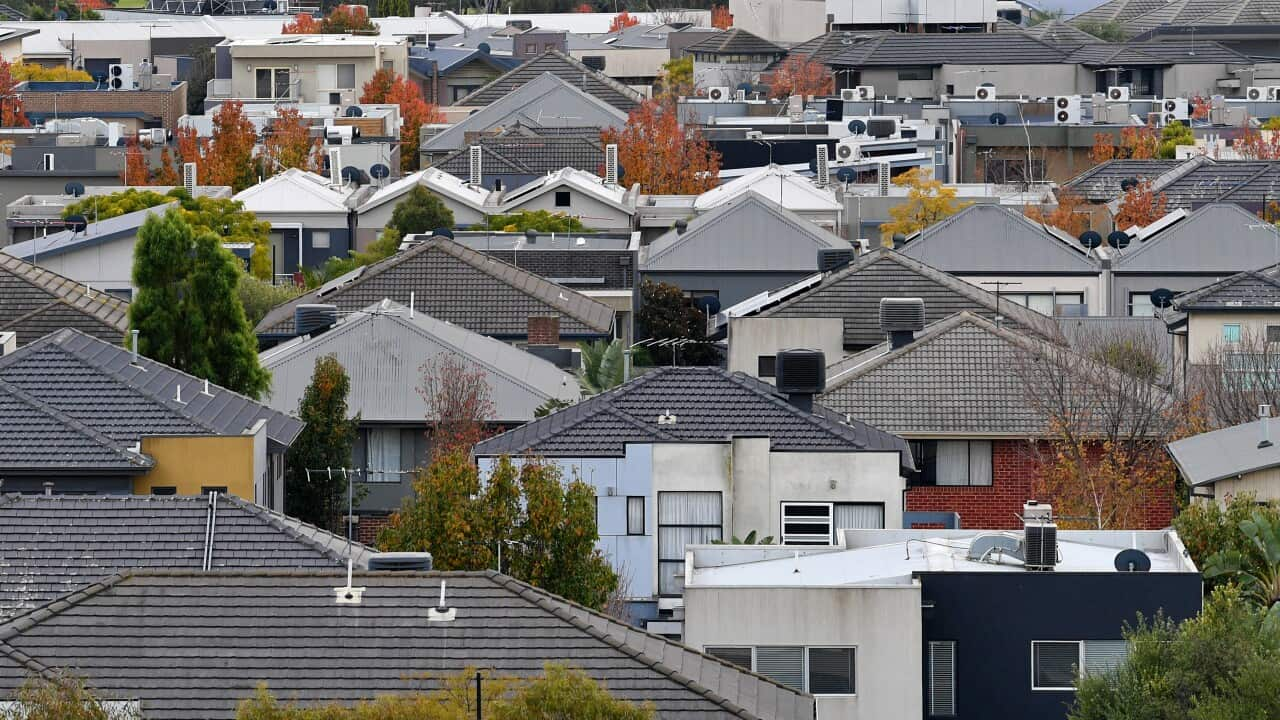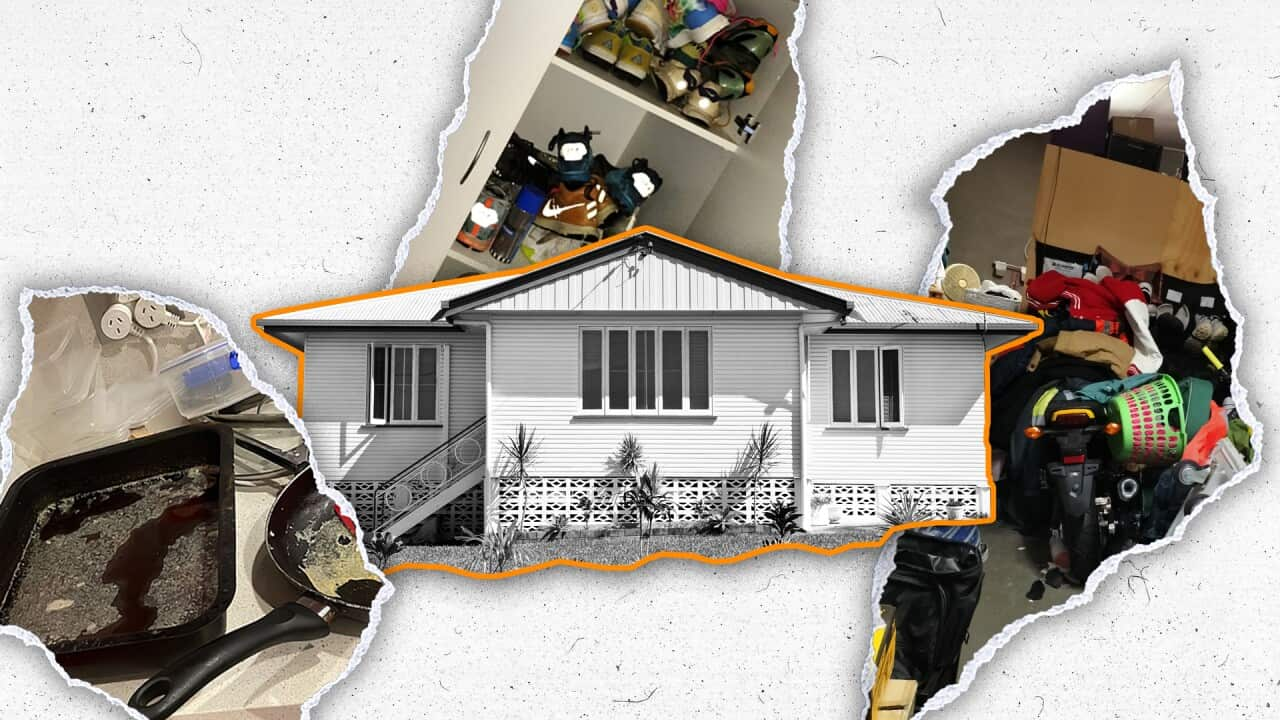Key Points
- Australia is in the midst of a housing crisis as people battle rising rents and cost of living pressures.
- Developers of affordable housing are facing opposition to projects serving people on low incomes.
- Some residents of wealthy suburbs complain of potential "safety concerns" their prospective neighbours would bring.
Warning: This article contains references to suicide/self-harm.
With its sparkling coastline and multimillion-dollar homes, Sydney's Northern Beaches boasts some of Australia's most sought-after postcodes.
But a growing population of rough sleepers are battling to survive in its waterfront suburbs, forced onto the streets by rising rents and cost of living pressures.
Before a shoulder injury put him out of work, Sean Pearce never imagined he could be homeless.
Unable to keep up with rental payments, the 50-year-old was evicted from the Dee Why property he'd called his for 19 years.

Sean Pearce, 50, has been forced to resort to living in his car after losing his rental home of 19 years. Source: AAP / Flavio Brancaleone
Eventually, he managed to find basic shelter in the form of a second-hand van but the ordeal has taken its toll.
"Ever since then I've been suffering with depression and, yeah, tried to commit suicide a couple of times," he says.
It's a crisis hardly unique to the so-called insular peninsula.
Housing crisis
Low wage growth and an unprecedented increase in rental costs are squeezing more and more people out of the housing market everywhere.
Someone who knows, Australian Council of Social Services chief executive Cassandra Goldie, says levels of housing stress are at an all-time high.
"There are virtually no properties that are affordable for people who are on the lowest incomes," she says.
"The financial pressures associated with keeping a roof over your head are becoming far more widespread than we have seen in the past."
A recent ACOSS survey found 93 per cent of Australians dependent on Jobseeker and Youth Allowance are suffering from housing stress, meaning they are forced to spend more than a third of their income on accommodation.
Rental vacancies are at historic lows of 1.47 per cent nationwide, amid low dwelling completions and surging migration.
Put simply, there just aren't enough homes to go around, even for people on moderate incomes.
NSW is expected to deliver just 180,000 new dwellings over the next five years, according to data sourced by the Sydney Morning Herald. Well short of its 314,000 target.
The state's new premier, Chris Minns, promised to "rebalance" Sydney's population growth by prioritising more residential development in the city's east, near existing infrastructure and transport links.
'Not in my backyard'
But developers looking to densify affluent areas like the Northern Beaches, Eastern Suburbs and Inner West appear to be facing a wall of "not in my backyard" (otherwise known as NIMBY) opposition to housing projects serving people on low incomes.
"Australia definitely has a history of major stigma associated with the construction of low income housing," Ms Goldie says.
In fact, just 100 metres from the car park where Sean Pearce lives in his van, a proposal for a new social housing development is being met with intense local resistance.
The application to turn an ageing church and parking lot into a six-storey mixed-use building aims "to increase the quality and quantity of affordable housing options available in Dee Why," New Life Baptist Church says on its website.
It promises to provide a range of dwellings that will serve the needs of the region's growing population in close proximity to retail and transport hubs.
But residents engaged during the approvals process and opposed to the development cite issues including traffic, noise, disruption caused by construction and loss of sunlight.
Some also complain of potential "safety concerns" their prospective neighbours would bring.
"Having a boarding house in this already overcrowded residential street will impact the security of the locality," according to one.
"Having unknown (sic) come and stay here may increase the risk of theft, trespassing, privacy and also safety of residents on the street at night."
Another critic warns a highly dense area of a single demographic "can potentially create a ghetto type environment".
Of 21 submissions tendered to the proposal, all but five were opposed.
Regaining dignity
As he waits in his van around the corner for his name to be called in the social housing lottery, Mr Pearce acutely feels the judgment of his community.
He cut himself off from friends and stopped going on Facebook, afraid of what they'll think.
"A lot of people think the homeless are automatically on drugs or drink. I don't do any of that," he says.
What he wants more than anything other than a roof over his head, is to have access to amenities like public toilets and a hot shower so that he and others living on the street can regain their dignity.
"When you walk into Woollies and you feel like you stink and you feel like everyone's looking at you ... If you can keep clean, that's the bottom line," he says.
"Even if you did have a job interview lined up and someone said 'come down for an interview, put your best gear on, give yourself a scrub up and we'll see you tomorrow morning at eight o'clock,' that'd be like telling someone to rebuild the Harbour Bridge by tomorrow.
"It just makes people worse and worse, and fall further behind and further behind."
Readers seeking crisis support can contact Lifeline on 13 11 14, the Suicide Call Back Service on 1300 659 467 and Kids Helpline on 1800 55 1800 (for young people aged up to 25). More information and support with mental health is available at and on 1300 22 4636.
supports people from culturally and linguistically diverse backgrounds.













